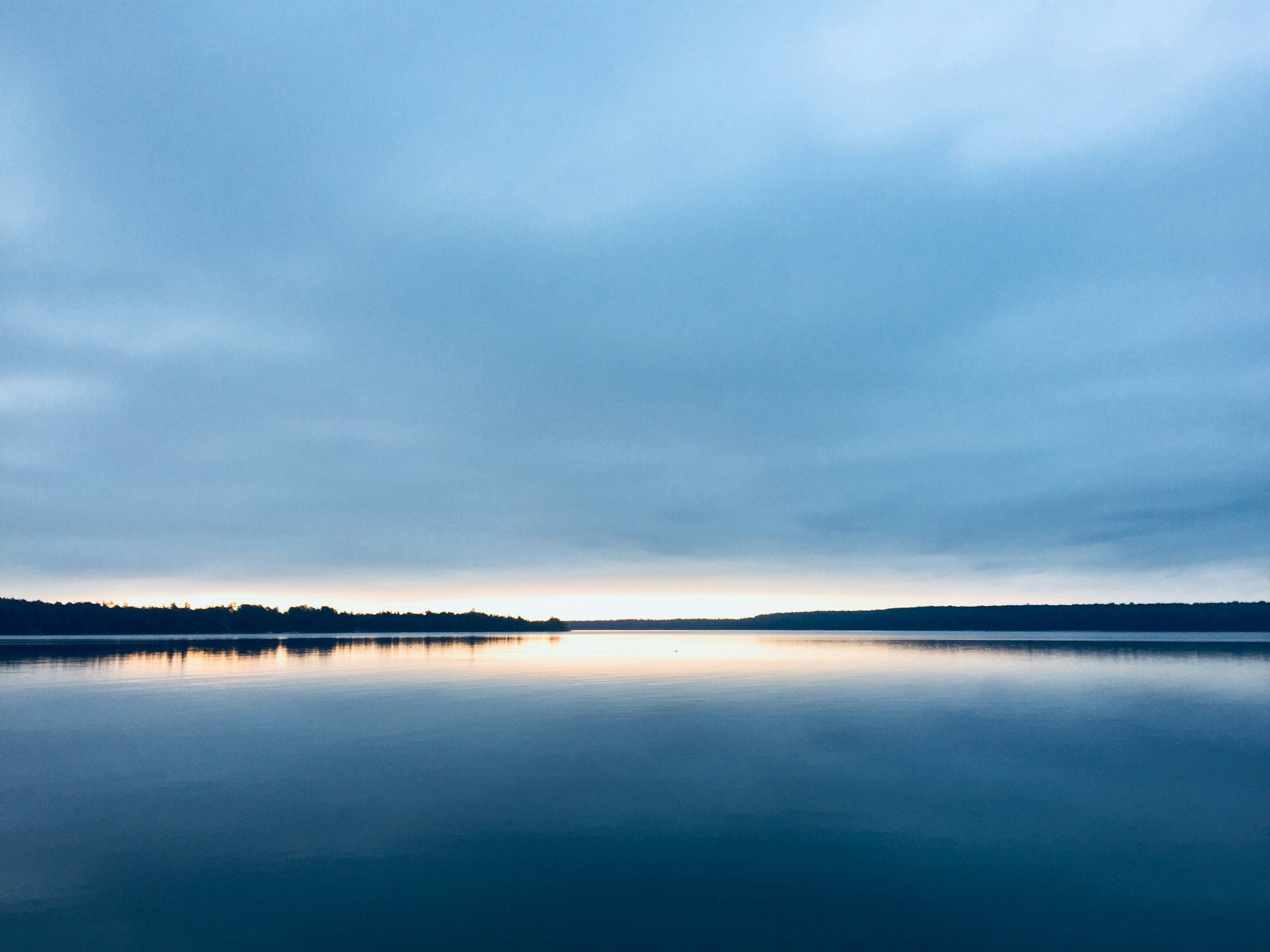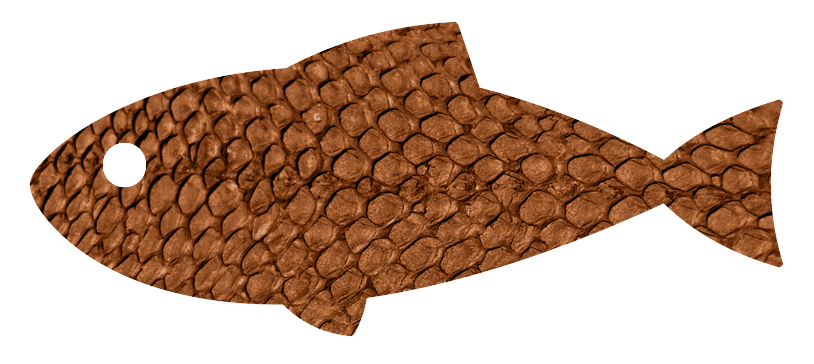
Fish Tales Blog
Unveiling Our Epic Tale: The Journey So Far!
We thought a little recap of the startup adventures at 7 Leagues might be in order.
We’ve done it up for you in the style of the Hero(ine)’s Journey, with visuals.
(Our apologies to Professor Joseph Campbell for twisting his theory of mythic narratives to our needs.)
Sharing the Stream: Swimming Together to Create Fish Leather
7 Leagues has always been community-focused, so naturally, we are conscious of the importance of Indigenous stewardship and the significance of ancestral territories. There is a misconception that business and economics are post-settler constructions, when in fact the Indigenous peoples of the Americas had advanced economic structures of their own. The stewardship and allocation of natural resources is a practice that dates back before time immemorial, and the Pacific Northwest is no exception.
What's In a Name? A dive into why we are called 7 Leagues
Our name combines magic, stamina, sustainability, the ocean, the world, and YOU, just like our brand does. Here’s the tale that brings these elements together.
Happy International Women's Day 2022!
Our Ladyboss, Tasha Nathanson shares her story of being the CEO of a social enterprise and the path she took to get there. Both reflective and forward looking, here’s what our Ladyboss is thinking about on this important day.
The Fish in the Machine
Home fish leather tanning has taken off almost like sourdough bread baking during the pandemic. But just like kneading and baking a loaf by hand at home is unlike dependably supplying grocery stores with bread, so too is commercial tanning different than do-it-yourself. Moving from artisanal hand-production to a consistent and reliable commercial product, achieving marketable economies of scale, and reaching our goals of socially responsible hiring requires machinery.
Does Fish Skin Have a Future in Fashion?
Fish leather has been used for centuries in coastal First Nations communities, but in the fashion world it was often overlooked as a “poor person’s” material. With the rise of sustainable fashion can fish leather make a resurgence?
Icelands 100% Fish project
The 100% Fish Project promotes the use of every part of the catch (ex. The skin can be turned into leather). This decreases fish waste while increasing its value, supporting growth and new jobs in the surrounding communities.
7 Leagues Feature in BC Forest Professionals Magazine
Combining sea and tree to knit the social, environmental, and economic needs of BC through a wholesome use of local resources.
Saman's Creations: Sewing Fish Leather
Our Eager Beaver experiments with sewing fish leather samples
Fishing in the Supply Stream
Just like it takes a lot of sticks to build a dam, I’ve been gnawing away at emails, phone calls, and internet research this summer, seeking to help 7 Leagues Leather build a sustainable supply chain for fish skin.
Why this? Why here? Why now? Why me?
They were unexpectedly beautiful: the tawny tanned salmon and sturgeon skins, their patterns punctuated by scale pockets and diamond shaped scutes.I ran my fingers over the surface, tugged the pieces between my hands, brought them up to my nose and sniffed.
Meet our Eager Beaver
Hello! I'm Jackson, and I am here to introduce myself to you as a new addition to the 7 Leagues team, as well as the world of social enterprise.
Welcome Aboard!
We aim to have leather for sale before the end of 2020. By 2021, the boots should be ready to walk. We are currently prototyping three new designs, so hold on to your feet because the final product is going to be special.

















